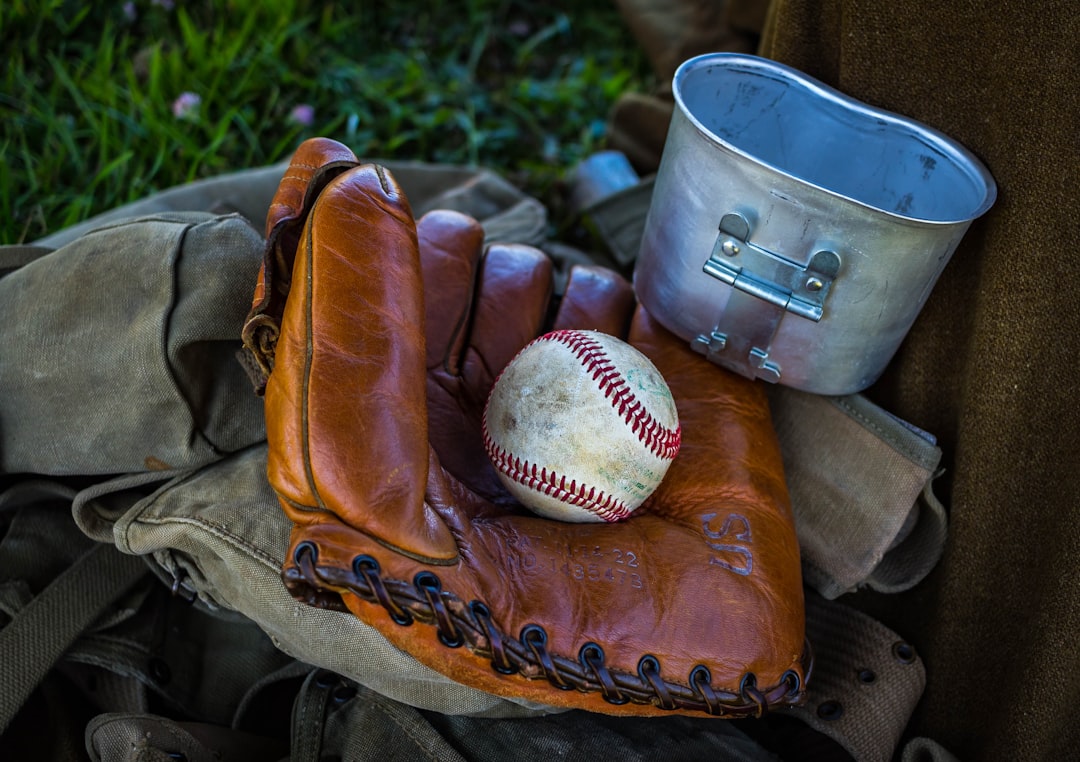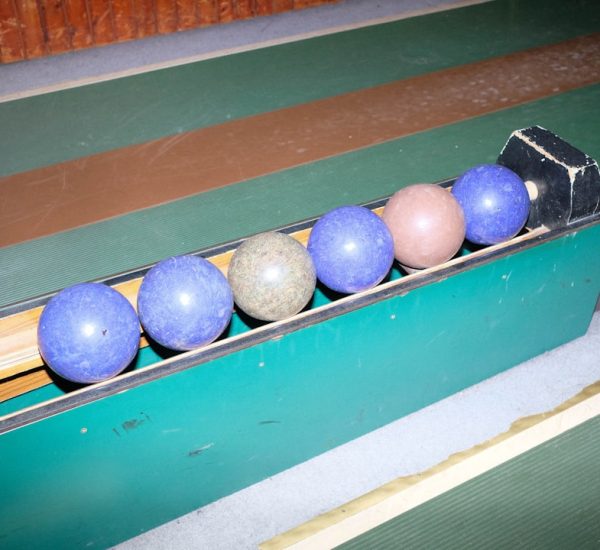The Wilson A2000 baseball glove has become a favorite among serious players, from high school athletics to the professional leagues. Known for its exceptional craftsmanship, premium materials, and on-field performance, the A2000 is often considered a long-term investment for players who are serious about their game. However, owning an A2000 doesn’t automatically mean you’re ready for the majors—you need to break it in properly and take good care of it to maintain its shape and durability over time.
This article dives into how to break in your A2000 effectively, maintain its performance, and extend its life, ensuring you get the most value out of this iconic glove.
Why the A2000 Stands Out
The Wilson A2000 uses Pro Stock Leather, which is designed to be durable yet feel soft and comfortable over time. Compared to cheaper gloves, which can wear out or lose their shape quickly, the A2000 improves with age—if treated correctly.
Unlike factory-softened gloves, the A2000 is shipped stiff, requiring time and effort to form it to your hand and playing style. This stiffness is a good thing—once broken in, the glove becomes not just a tool, but an extension of your hand.
How to Break In Your A2000 Glove
Breaking in an A2000 the right way ensures lasting performance and superior control. Here’s a step-by-step guide:
1. Play Catch — The Old-Fashioned Way
The best way to break in any glove is good old-fashioned repetition. Spend time playing catch or fielding balls. Focus on repeatedly catching balls in the pocket, which helps shape the glove naturally.
- Use a real baseball – don’t substitute tennis balls or other training balls.
- Target the pocket – consistent catching conditions the leather in the right places.

2. Use a Glove Mallet
If you’re short on time or want to speed the process up a bit, a glove mallet can help. These tools simulate the impact of a ball hitting the pocket.
- Strike the pocket over and over to soften the leather and create a nice pad.
- Bend the glove vertically along the hinge points while pounding to improve flexibility.
3. Apply Glove Conditioner
Proper conditioning keeps the leather hydrated and prevents cracking. Wilson makes a conditioner specifically for their gloves, but any high-quality leather conditioner will work.
- Use sparingly: Too much conditioner can make the glove heavy and weaken the structure.
- Apply evenly: Rub it in with a soft cloth, focusing on dry or stiff areas.
4. Shape the Pocket
Use a baseball or a softball to help form the glove’s pocket.
- Place the ball in the glove and tie it shut with rubber bands or string.
- Leave it overnight or for a few days to mold the leather into a comfortable, closed shape.
5. Repeat As Needed
Glove break-in is a gradual process. Some players find their glove game-ready in a week, while others may take several weeks of steady use. The key is consistency and patience.
What NOT to Do While Breaking In
There are dozens of “hacks” out there suggesting ovens, microwaves, or soaking your glove in hot water. While some of these methods might offer quick softening, they also risk damaging the high-quality leather that makes the A2000 premium in the first place.
- Don’t bake or microwave your glove – This can dry out leather and break down fibers.
- Avoid submerging it in water – Water can warp the shape and loosen stitching.
- Never stomp on it or slam it indoors – Physical abuse can shorten its lifespan.
How to Maximize Your A2000’s Durability
If properly maintained, your A2000 can last many seasons. Follow these guidelines to get the best performance and durability.
1. Store Properly
High temperatures and poor storage can quickly degrade materials. Always keep your glove in a cool, dry place away from direct sunlight.
- Use a structured glove bag to prevent crushing.
- Keep a baseball in the pocket and use wrap to maintain shape.
2. Clean Regularly
Dirt, dust, and sweat can all shorten the lifespan of glove leather. After each game:
- Wipe your glove with a soft cloth to remove any debris.
- Use a glove-safe leather cleaner every few weeks during heavy use periods.
3. Re-Condition the Leather
Just like breaking in, glove conditioning is key throughout the glove’s life. Apply conditioner a few times each season, depending on climate and usage.

4. Check and Tighten Laces
Laces loosen naturally with use. Routinely check for slack or fraying. Tighten as needed or take it to a professional for relacing if you see damage.
5. Avoid Overuse in Wet Conditions
If your glove gets soaked, dab it dry with a towel and let it air-dry naturally. Do not use heaters or hair dryers. Afterward, apply conditioner to rehydrate the leather.
When to Retire or Refresh Your A2000
Even well-maintained gloves won’t last forever. Signs it’s time to refresh or replace include:
- Severely cracked leather
- Persistent shape loss that affects performance
- Multiple broken laces
However, one of the perks of the A2000 is that many parts are replaceable. You can swap out laces, repair the webbing, or even recondition the glove with help from a professional. In many ways, it’s more like maintaining a musical instrument than a simple piece of gear.
Final Thoughts
The A2000 is more than a glove—it’s a performance-driven tool crafted for serious players. If you invest in learning how to break it in properly and take good care of it, you’ll be rewarded with a glove that offers unmatched feel, durability, and reliability for years.

So take the time, enjoy the break-in journey, and treat your A2000 with the care it deserves. After all, when the glove becomes a true extension of your hand, you’ll play with more confidence, ease, and success on the diamond.



